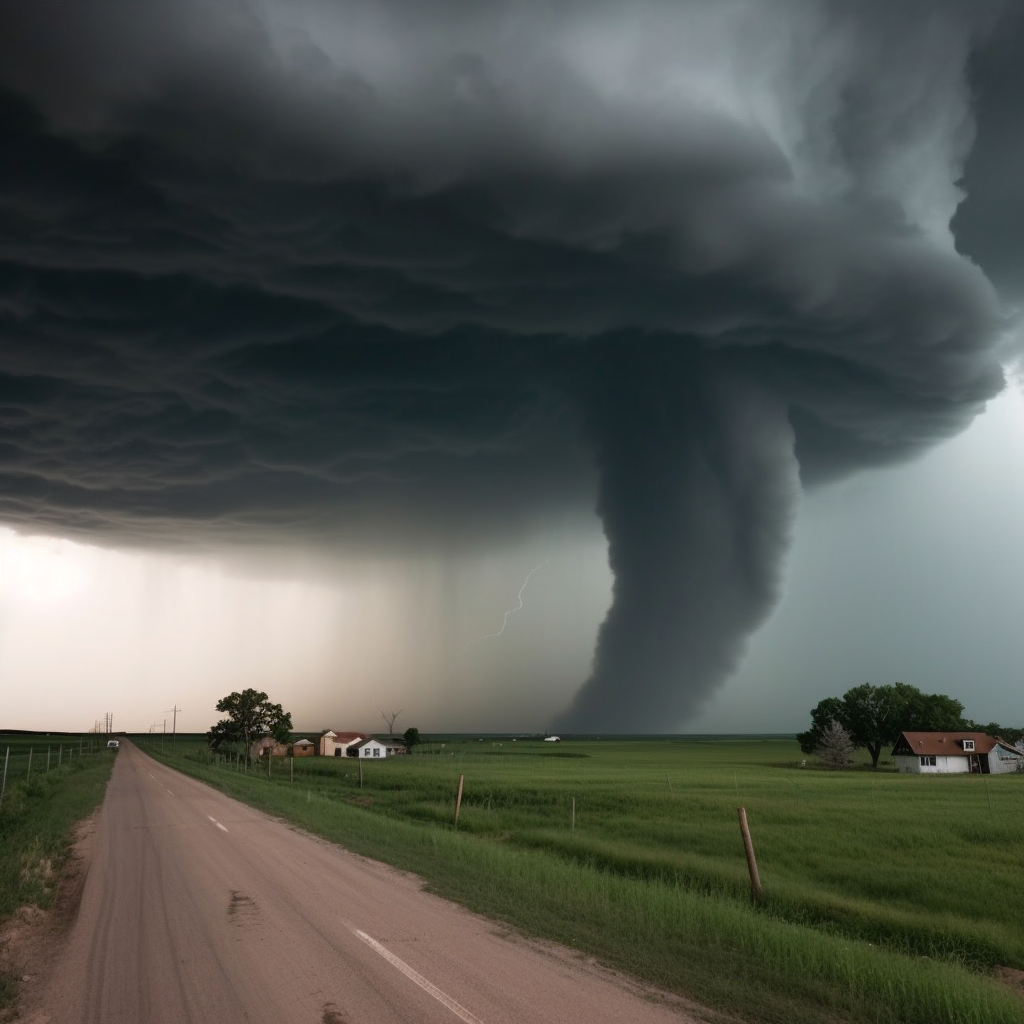April 6, 2023
How Climate Change Is Shifting Tornado Alley and What We Can Do About It
Book a Demo
The United States is home to some of the most extreme weather conditions on the planet. One of the most notable weather phenomena in the country is tornadoes. Tornadoes are violent and unpredictable, and they have the power to cause massive destruction and loss of life. The area in the central United States where tornadoes are most common is known as Tornado Alley. However, recent studies suggest that Tornado Alley is shifting due to climate change, with the potential to impact millions of people who live in the region.
Scientists are now warning that Tornado Alley, which includes parts of Texas, Oklahoma, Kansas, Nebraska, and South Dakota, is expanding eastward and experiencing more tornadoes than ever before. The reason for this shift is climate change. As global temperatures rise, the conditions that create tornadoes are becoming more common, leading to an increase in tornado activity in areas that were once relatively safe.
The recent tornado outbreak in the southern United States was caused by the convergence of cold and warm air masses, a phenomenon that is becoming more frequent due to global warming. The increasing frequency of tornadoes in the area could have devastating consequences for homes, businesses, and infrastructure, as well as for human life.
So, what can we do to mitigate the effects of climate change and prevent further shifts in Tornado Alley? The answer is complex and multifaceted, but there are some steps that we can take as individuals and as a society to reduce our carbon footprint and slow the rate of global warming.
One of the most effective ways to address climate change is to transition away from fossil fuels and toward renewable energy sources like wind and solar power. By reducing our reliance on coal, oil, and gas, we can reduce the amount of carbon dioxide and other greenhouse gases that are released into the atmosphere, slowing the rate of global warming and reducing the risk of more frequent and severe tornado outbreaks.
Another important step is to increase our investment in climate science and research. By studying the complex interactions between the Earth’s atmosphere, oceans, and land, we can better understand the causes and effects of climate change and develop effective strategies for mitigating its impact.
Additionally, we must take steps to adapt to the changing climate and prepare for the increased frequency of extreme weather events like tornadoes. This could involve building more resilient infrastructure, strengthening emergency response systems, and educating people about the dangers of tornadoes and how to protect themselves in the event of an outbreak.
The shifting of Tornado Alley due to climate change is a significant concern that requires immediate action. By transitioning to renewable energy sources, investing in climate science and research, and adapting to the changing climate, we can reduce the risk of more frequent and severe tornado outbreaks and protect the millions of people who live in the affected regions. The time to act is now, and we must work together to ensure a sustainable future for ourselves and for future generations.



